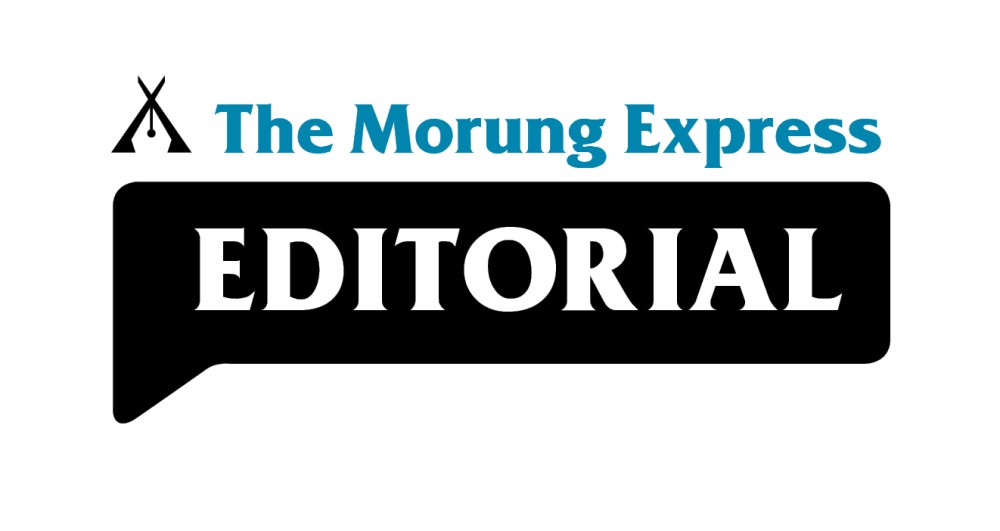
By Akangjungla
Education is the loom on which the fabric of a society is woven. For decades in Nagaland, this loom has been woven with patterns and threads imported from distant lands. While this has brought undeniable benefits in literacy, connectivity, and opportunity, it has often contributed to gradual conflict of the unique cultural tapestry that defines the Naga people. Quietly but surely, the time has come for a conscious, deliberate, and imaginative effort to integrate indigenous knowledge systems into the very heart of modern educational framework. This is not a step backwards into tradition, but a vital step forward to create an education that hopes to be truly holistic, relevant, and empowering.
The current system, for all its merits, often creates a tension in the Naga child. In school, they learn about the history of empires and the great rivers in a far off continent, but may find little information of the Doyang River or the Dzukou valley, or the rich oral histories of their own clans and villages. They study biology from textbooks that feature flora and fauna from other ecosystems, while the profound medicinal knowledge of their elders about local herbs remains an untapped resource outside the classroom. This disconnects threaten fostering a perception that formal education and cultural identity exist in separate spheres.
The wealth of indigenous knowledge in Nagaland is not merely folklore and the occasional singing and dancing; it is an enhanced storage of sustainable living, ethical governance, and deep ecological understanding. The intricate practices of Jhum cultivation, often mislabeled as primitive, embody complex principles of crop rotation, soil conservation, and biodiversity management. The Naga indigenous peoples’ languages, each a unique worldview encoded in formation and vocabulary, carry concepts of respect, lifestyle, and society. To exclude this wisdom from formal education is to ignore a vast library of human experience.
Integrating this knowledge is not about replacing science with superstition or modern mathematics with ancient counting methods. It is about creating a synergy. Imagine a science lesson that begins with the textbook principle of photosynthesis and then explores the traditional Naga agricultural calendar, understanding the scientific reason behind sowing and harvesting times. Envision a civics class that compares the Indian Constitution with the principles of the Naga village council, discussing the strengths of each system. Picture a literature syllabus where Shakespeare shares space with the heroic folktales of Hornbill or the poignant poetry of Temsula Ao. This approach does not diminish “mainstream” education; it enriches it, making learning contextual, engaging, and deeply personal.
The challenges are real. It requires a move away from a centralised curriculum towards more flexible, state-specific content. It demands the meticulous documentation of oral traditions and the training of teachers to become facilitators of this blended knowledge. Most importantly, it requires the genuine involvement of community elders, knowledge holders, and cultural practitioners in designing this new pedagogical architecture. This is a collaborative project of immense importance.
The government’s National Education Policy (NEP) 2020, with its emphasis on holistic education, multilingualism, and the incorporation of local knowledge, provides a timely policy framework to make this a reality. It is an opportunity Nagaland must seize with both hands.
In Kohima, the innovative school “Badze Leshüki” is pioneering an educational revolution by centering Naga indigenous knowledge.
Founded by T Keditsu its philosophy moves beyond alienating curricula to weaving the Tenyidie language, traditional jhum cultivation, and local ecology into its core. This model of ‘Rooted Reform’ aligns with the NEP 2020. It proves that preserving dynamic indigenous languages and traditions is not a retreat but a vital step toward creating a generation that is both globally competent and authentically Naga.
The goal is to educate a generation that is globally competent yet locally rooted. By weaving the threads of indigenous heritage into the formal education system, it will not just preserve a past, but equip the youth with a unique compass to navigate the future, a compass that points towards both innovation and identity, ensuring that as Nagaland progresses, it does so without losing its soul.
Comments can be sent to akangjungla@gmail.com






